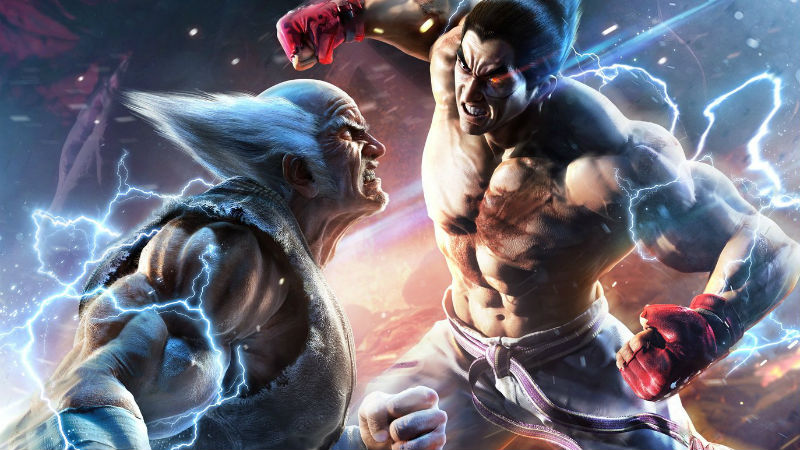What is Combat Mechanics in Video Games?
Combat mechanics in video games refer to the set of rules, interactions, and systems that govern how battles and conflicts are executed within the game world. These mechanics dictate how players engage in combat, the rules that govern the outcomes of these engagements, and the tools they have at their disposal to overcome challenges. Combat mechanics can vary widely depending on the genre of the game and its intended gameplay experience.
Combat Mechanics in Video Games
Here are some key components of mechanics in video games:
Controls
Combat mechanics involve the control scheme that players use to execute attacks, defensive maneuvers, and special abilities. The responsiveness and intuitiveness of controls directly impact the player’s ability to engage effectively in combat.
Attacks and Actions
Different attacks and actions are often available to players, including basic attacks, combos, ranged attacks, and special moves. The diversity of attack options allows players to tailor their approach to different enemies and situations.
Defensive Tactics
Battle mechanics include defensive actions such as blocking, dodging, parrying, and evading. These tactics provide players with ways to avoid enemy attacks and minimize damage.
You may be interested: 15 Best Game Engines for beginners
Hitboxes and Collision Detection
Hitboxes determine where attacks can connect with enemies, while collision detection ensures that attacks and actions interact with the game world accurately. Precise hitboxes and collision detection contribute to a realistic and satisfying combat experience.
Health and Damage
Battle mechanics involve health and damage systems that determine how much damage characters can withstand and inflict. Damage can be influenced by factors such as attack strength, weapon type, and armor.
Progression and Upgrades
Many games feature a progression system that allows players to improve their combat abilities over time. This can include leveling up, acquiring new skills, upgrading equipment, and enhancing character attributes.
Enemy Behavior and AI
Enemies in video games exhibit different behaviors and attack patterns. AI-controlled enemies can range from basic to highly strategic, providing a diverse and challenging combat experience.
Tactical Elements
In some games, combat mechanics involve tactical considerations. Players must analyze their surroundings, position themselves strategically, and use the environment to their advantage.
Environmental Interactions
Some combat mechanics involve interactions with the environment, such as using objects as weapons or taking cover behind obstacles. Environmental interactions add depth and creativity to combat encounters.
Multiplayer and PvP Mechanics
In multiplayer games, combat mechanics extend to player-versus-player (PvP) interactions. Balancing fairness and providing meaningful engagements in competitive settings is essential.
Feedback and Animation
Combat mechanics are enhanced by visual and auditory feedback. Visual effects, animations, and sound cues communicate the impact of attacks, creating a satisfying and immersive combat experience.
Timing and Execution
Timing is often critical in combat mechanics. Properly timed actions can result in more powerful attacks, successful parries, or evasive maneuvers.
Balance and Difficulty
Balancing combat mechanics is crucial to ensure that battles are both challenging and fair. Adjusting enemy strength, attack patterns, and player abilities contributes to a satisfying difficulty curve.
Colclusion
Combat mechanics encompass the entire system that governs battles within a video game. These mechanics shape how players engage with enemies, interact with the game world, and experience the challenges and rewards of combat encounters.






